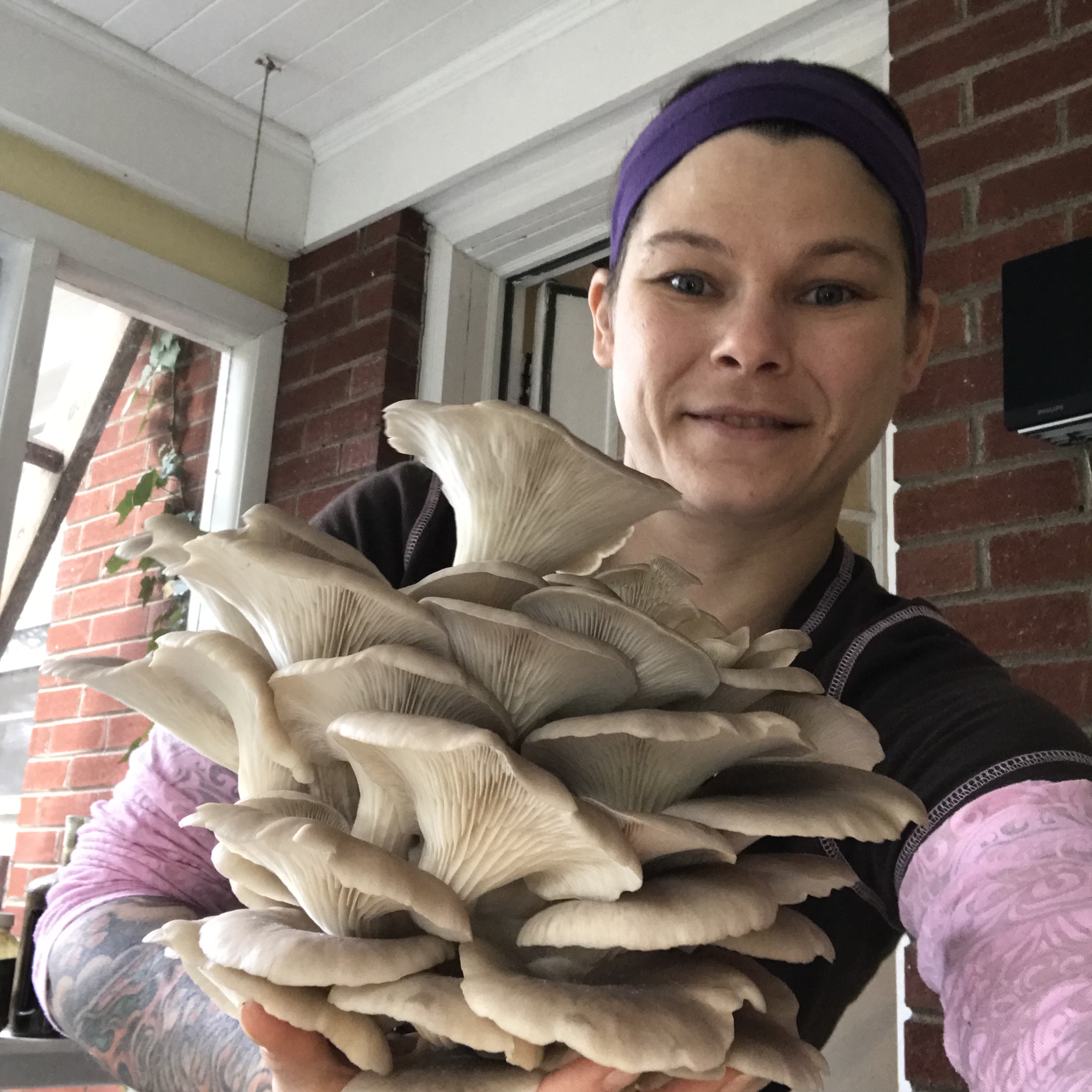
While soil may seem lifeless to most, below-ground plant roots, fungi, and bacteria (and other organisms) are living life to the fullest below the surface. Whether we can see it or not, these below ground plant and microbial activities play a huge role in global biogeochemical processes. My current research is investigating impacts of long-term disturbance and fertilization on plant and soil microbial community diversity and how changes in community diversity impact wetland carbon storage. Human activities have increased deposition of nitrogen and phosphorus in unintended ecosystems such as wetlands which store a majority of Earth’s carbon. Because carbon has such a vital role in global climate processes, it is important for us to understand how different ecosystems will respond to continual nutrient deposition. Historically low-nutrient wetlands, like the one I am studying, are potential carbon sinks but are also particularly sensitive to increases in nutrient availability and can become sources. I am using a combination of genomic sequencing and metabolic assays to better understand how plant, fungal and bacterial community composition and function shift due to prolonged fertilization. Insights from this project will help inform future studies within the lab addressing potential mechanisms for C cycling in wetlands.
What is your favorite fact/thing about fungi?
Among the amazing things fungi do, when exposed to UV mushrooms produce vitamin D, similar to animal skin. This makes them a rare dietary source of non-animal, unfortified vitamin D.
Who is your mycology role model?
My fungal eureka was only a couple of years ago after I attended a mushroom cultivation workshop led by mycologist Tradd Cotter. He was clearly passionate about fungi and teaching people how to access this wonderful resource. At his workshop, he not only discussed edibles and cultivation but also how he is experimenting with fungal cultures to answer his own research questions. Oh the possibilities! Much thanks to him for his introduction into the world of mycology.
Any great stories from field work (funny/interesting/something that stuck out to you)?
Have you ever done something stupid and while it was happening (usually about 5 seconds of stupidity) time slows down to a crawl and you see it in slow motion? Trucked loaded with sampling gear, I arrived at our field site a little earlier than everyone else. Then in about 5 seconds, I threw my keys on the dash and promptly hopped out, locked the door, and slammed it shut as my eyes made contact with the keys on the dash. Doh! We were only about 20 minutes from main campus and campus police would assist. I didn’t feel awkward when I had to explain to the police that we were in an overgrown field and he should drive in to a dead end and then get out and I would walk him to my truck in the field. I totally thought I sounded creepy and suspicious but he showed up a few minutes later and he quickly freed the field equipment and my keys. Thankfully the rest of the day was flawless!
What do you like to do in your free time? What are your hobbies?
I like growing plants and mushrooms. But not just any plants, I tend towards wild natives that I have collected the seeds for. We often do not need to look far for beauty in nature but only open our eyes and see it. Two of my favorite South East natives to grow are Passiflora incarnata or simply passion flower and Hibiscus moscheutos and H. laevis. It can be challenging at times, especially since each species can have its preferences and it can take a long time but this also makes it more rewarding when things grow. Most recently I was tinkering with Cordyceps militaris cultivation but my favorite to grow has been pink oyster (Pleurotus). While waiting for things to grow, I like to do a little baking, sweet things and breads mostly. My cinnamon rolls keep getting better!
Anything else you’d like to talk about?
Please follow me on Twitter: @Gina_Bledsoe


Leave a Reply